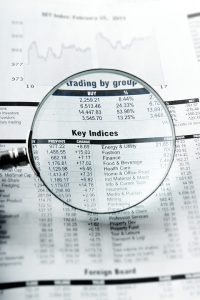Australia’s bond market is a vital component of the country’s financial system, providing investors with a diverse range of opportunities to invest in fixed income securities. Bonds are debt instruments issued by governments, corporations, and municipalities to raise funds for various projects or initiatives. They offer investors a predictable stream of income through interest payments and return of principal upon maturity.
The Australian bond market is considered one of the largest and most liquid in the Asia-Pacific region, with a total outstanding value of around AUD 1.7 trillion. The market is dominated by government bonds, which are issued by the Australian Treasury to finance fiscal deficits and fund public sector projects. Australian government bonds are considered one of the safest investment options in the market, as they are backed by the full faith and credit of the Australian government.
In addition to government bonds, the Australian bond market also includes corporate bonds issued by companies to finance their operations or expansion plans. Corporate bonds offer higher yields than government bonds but come with increased credit risk, as the financial health of the issuing company can impact the bond’s value and coupon payments. Investors can also invest in municipal bonds, which are issued by local governments to finance infrastructure projects such as roads, schools, and hospitals.
Key market trends in the Australian bond market include the growing popularity of green bonds, which are issued to finance environmentally friendly projects such as renewable energy installations or energy efficiency initiatives. Green bonds have gained traction among investors looking to align their investment portfolios with sustainable and responsible investing principles, leading to an increase in issuance from both government and corporate entities.
One of the key performance metrics for bonds is their yield, which represents the annual return on investment expressed as a percentage of the bond’s face value. Bond yields are influenced by factors such as interest rates, inflation expectations, credit risk, and market sentiment. When interest rates rise, bond prices typically fall, leading to higher yields for new bond issuances. Conversely, when interest rates fall, bond prices tend to rise, resulting in lower yields for new bond issuances.
Investors looking to invest in the Australian bond market can adopt various strategies to manage risk and generate returns. One strategy is to create a diversified bond portfolio that includes a mix of government, corporate, and municipal bonds to reduce concentration risk. Another strategy is to ladder bond maturities, which involves investing in bonds with staggered maturity dates to spread out interest rate risk and ensure a steady stream of income.
Overall, the Australian bond market offers investors a range of opportunities to diversify their investment portfolios and generate stable returns. By understanding the different types of bonds available, analyzing market trends, and implementing sound investment strategies, investors can navigate the bond market with confidence and achieve their financial goals.








